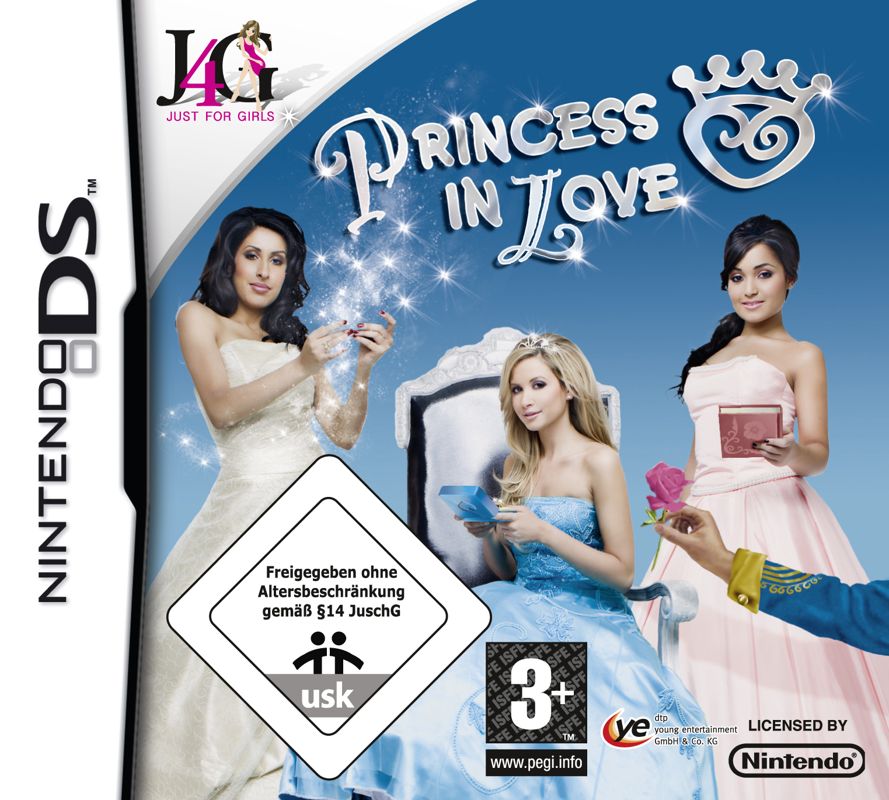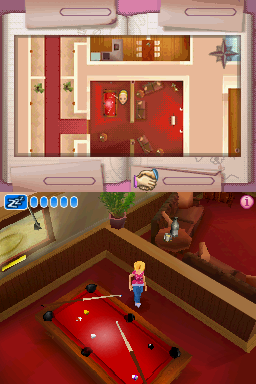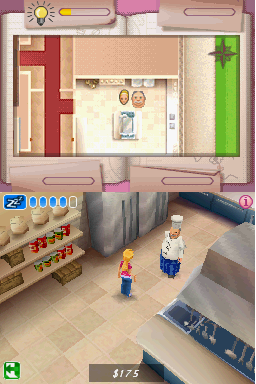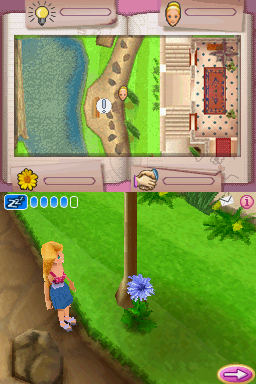Retro Replay Review
Gameplay
Princess in Love challenges players to navigate a full in-game year—July to June—as Queen-to-be Isabella, balancing royal duties, personal growth, and social interactions. The core loop involves making choices in dialogues with family members, court advisors, and guests, all of which shape Isabella’s development and reputation. Each decision not only affects how characters perceive her but also unlocks or blocks access to certain mini-games and story branches.
(HEY YOU!! We hope you enjoy! We try not to run ads. So basically, this is a very expensive hobby running this site. Please consider joining us for updates, forums, and more. Network w/ us to make some cash or friends while retro gaming, and you can win some free retro games for posting. Okay, carry on 👍)
The game intersperses exploration of the palace and surrounding grounds with a collection of 14 varied mini-games. From a General Knowledge quiz that tests Isabella’s readiness for statecraft to Arrange Seating Plans and Create a Menu for formal banquets, each activity reinforces the theme of royal preparation. The mini-games range in complexity: dancing and dress-up segments tap into rhythm and aesthetics, while the mechanical Cog and Oil Flow puzzles simulate practical problem-solving for the royal carriage.
Time management is crucial. The calendar mechanics require players to allocate their days between formal events, personal leisure, and skill-building exercises. Overcommitment can lead to fatigue—represented by the Counting Sheep and Draw Hearts “Sleep” mini-games—that detracts from Isabella’s performance. Successfully juggling tasks rewards the player with deeper relationships, special story events, and the satisfaction of seeing Isabella grow more confident with each passing month.
Graphics
Visually, Princess in Love embraces a charming, storybook-inspired art style. Character portraits are richly detailed, showcasing expressive animations that bring courtly interactions to life. Isabella’s wardrobe changes throughout the year, reflecting both the player’s choices in dress-up mini-games and the narrative progression, adding a layer of visual feedback to the gameplay loop.
The environments—from the opulent throne room to the palace gardens—are rendered with vibrant colors and gentle textures, evoking a romanticized vision of royal life. Subtle animations, like flickering candlelight in banquet halls or birds fluttering in the courtyard, enhance immersion without overwhelming the player. Though the game doesn’t push the limits of modern 3D graphics, its cohesive aesthetic and attention to decorative detail make each scene feel like pages of an interactive fairy tale.
User interface elements are clean and intuitive. Menus for mini-games, relationship trackers, and the in-game calendar are neatly organized, allowing quick access to tasks and stats. The graphical polish in transition screens and the consistency of the UI design help maintain the game’s narrative flow, ensuring that players remain engaged without being bogged down by cumbersome navigation.
Story
At its heart, Princess in Love is an interactive coming-of-age tale. Queen-to-be Isabella begins her year with uncertainty and limited confidence. Through conversations with her mother, stern advisors, playful friends, and even security officers (in a lighthearted “Trick Security Officers” mini-game), Isabella learns the responsibilities and virtues required of a monarch. Each narrative beat is reinforced by the player’s choices, making the story feel personal and reactive.
The branching dialogue system ensures that no two playthroughs are identical. Befriending certain characters unlocks intimate side quests—pressing flowers with the palace botanist, writing entries in the royal diary, or learning the art of drying tears to comfort a grieving guest. These vignettes enrich the overarching plot, revealing hidden backstories and forging emotional connections that heighten the stakes of Isabella’s ascension.
While the primary objective remains clear—grow into the role of queen—the pacing respects players who prefer exploration over strict goal-oriented play. Optional interactions and repeatable mini-games allow leisurely progress, whereas more ambitious players can aim for maximum efficiency, unlocking exclusive story endings. This narrative flexibility keeps the story engaging, whether you savor each moment or tackle every challenge head-on.
Overall Experience
Princess in Love offers a well-rounded package for fans of interactive storytelling and light simulation. The mix of diverse mini-games ensures that gameplay stays fresh throughout the year-long journey, while the time-management aspect adds a satisfying strategic layer. Players who relish character-driven narratives will appreciate how each choice resonates, shaping both personal relationships and Isabella’s royal aptitude.
The game’s art direction and user interface strike the right balance between elegance and playability, making it accessible to newcomers and veteran gamers alike. Its moderate difficulty curve, combined with optional tasks, caters to a broad audience: casual players can focus on the story, while completionists can tackle every puzzle. Occasional repetitive mini-game segments may feel familiar on subsequent playthroughs, but the branching story paths and character interactions reward replayability.
In summary, Princess in Love is a delightful blend of narrative depth, charming visuals, and varied gameplay. It invites players to step into the shoes of a young royal, master the intricacies of courtly life, and witness the transformation of Isabella into a confident queen. Whether you’re drawn by the storybook atmosphere or the strategic mini-games, this title provides an engaging journey from princess to monarch.
 Retro Replay Retro Replay gaming reviews, news, emulation, geek stuff and more!
Retro Replay Retro Replay gaming reviews, news, emulation, geek stuff and more!









Reviews
There are no reviews yet.